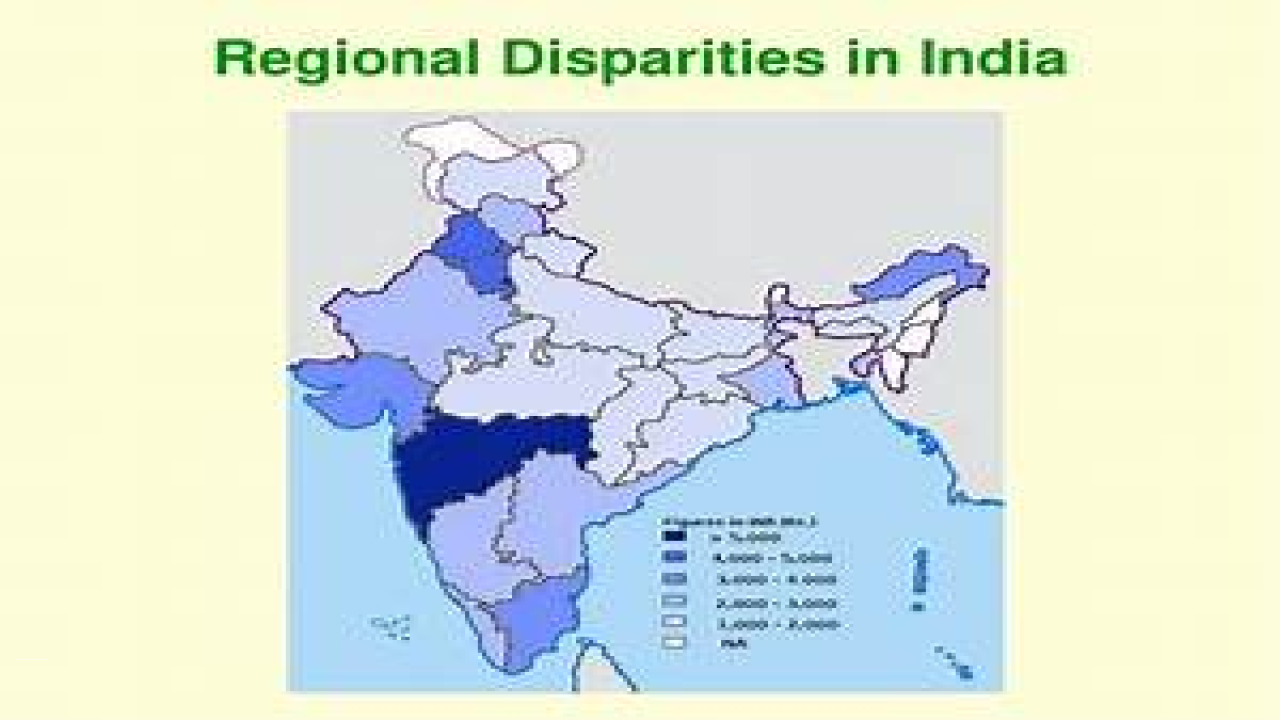Regional disparities in economic development
Regional disparities in economic development refer to the unequal distribution of economic opportunities and resources across different regions within a country. These disparities can arise due to a range of factors, including historical and structural factors, natural resource endowments, and government policies.
History of Regional Disparities
Regional disparities in economic development have been prevalent throughout human history, with examples dating back to the development of ancient empires. However, with the advent of industrialization and the growth of modern nation-states, regional disparities have become more significant and widespread. The post-World War II era saw significant efforts to address regional disparities, with policies such as regional development funds and industrial policies aiming to promote balanced economic growth.
Types of Regional Disparities
Regional disparities can be broadly categorized into the following types:
- Income disparities: This refers to differences in income levels across different regions, with some regions experiencing significantly higher or lower income levels than others.
- Infrastructure disparities: This refers to differences in access to basic infrastructure such as transportation, energy, and communication facilities across different regions.
- Economic opportunity disparities: This refers to differences in access to economic opportunities such as employment and investment across different regions.
Examples of Regional Disparities
- Income disparities: In India, the southern states are generally wealthier than the northern states, with significant income disparities between the two regions. Similarly, in the United States, there are significant income disparities between coastal states and interior states.
- Infrastructure disparities: In many African countries, rural areas often lack access to basic infrastructure such as electricity, water, and transportation facilities, leading to significant disparities in development. Similarly, in Brazil, there are significant infrastructure disparities between urban and rural areas.
- Economic opportunity disparities: In many developing countries, urban areas often have significantly more economic opportunities than rural areas, leading to significant disparities in development. Similarly, in developed countries, there are often significant economic opportunity disparities between regions, with some regions experiencing significant job growth while others experience significant job loss.
Issues Posed by Regional Disparities
Regional disparities pose significant challenges for the society, including:
- Economic impacts: Regional disparities can lead to significant economic impacts, including disparities in income, access to basic infrastructure, and economic opportunities.
- Social impacts: Regional disparities can lead to significant social impacts, including disparities in access to education, healthcare, and other social services.
- Political impacts: Regional disparities can have significant political impacts, including increased polarization and the rise of regionalist movements.
Solutions to Regional Disparities Issues
Solving regional disparities issues requires a multifaceted approach that involves individual actions, government policies, and international cooperation. Here are some potential solutions:
- Promote balanced economic growth: This can be achieved through measures such as promoting regional development funds, promoting investment in lagging regions, and promoting targeted industrial policies.
- Address infrastructure disparities: This can be achieved through measures such as promoting investment in basic infrastructure such as transportation, energy, and communication facilities.
- Address economic opportunity disparities: This can be achieved through measures such as promoting targeted job creation, promoting investment in lagging regions, and promoting entrepreneurship and innovation in lagging regions.
- Support international cooperation: Addressing regional disparities requires global cooperation and coordination. This can be achieved through international agreements such as the Sustainable Development Goals and the Paris Agreement on Climate Change.


